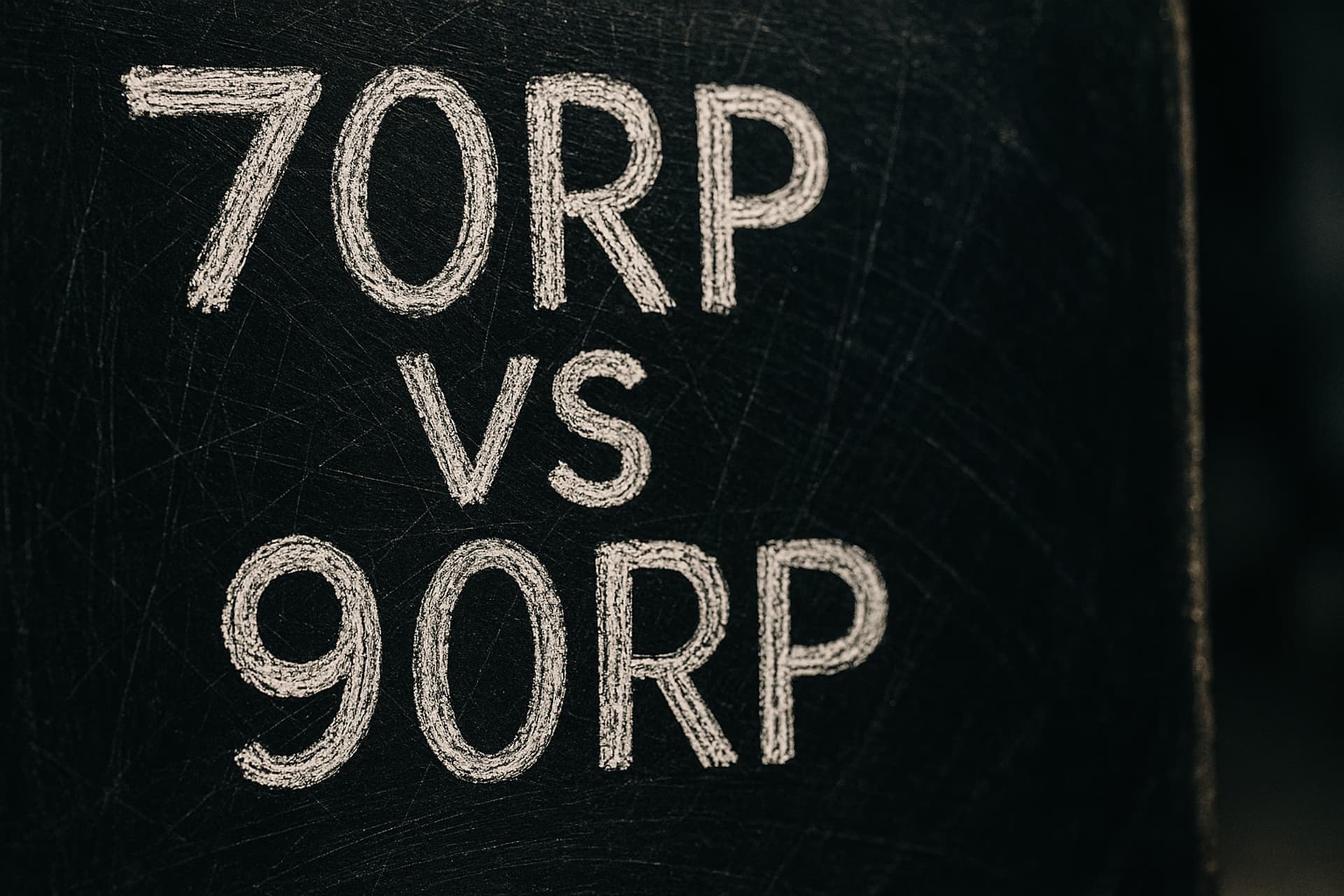O-Level Chemistry Separation & Gas Collection Guide (Paper 3)
Download printable cheat-sheet (CC-BY 4.0)03 Nov 2025, 00:00 Z
A
Reviewed by
Azmi·Senior Chemistry Specialist
Want small-group support? Browse our IP Chemistry Tuition hub.
TL;DR
Paper 3 regularly samples three adjacent skill sets: mixture separation (chromatography, filtration, distillation), salt preparation, and gas collection. The 2026 SEAB syllabus names all three and clarifies that gas drying steps are off the table.
Planning marks come from articulating solvent selection, heating controls, cooling/crystallisation timing, and safe gas delivery routes.
MMO, PDO, and ACE credit hinge on clean apparatus setup, precise mass/volume readings, and evaluation notes that link back to the official apparatus and reagent expectations.
Loop Back to the Chemistry Hub
Use our O-Level Chemistry Experiments hub to keep this drill aligned with the rest of your Paper 3 practice set.
1 | Syllabus cues you must reference
- SEAB’s practical techniques list highlights three related experiment families: separation (paper chromatography, filtration, distillation), salt preparation, and gas collection, with an explicit note that drying gases will not be required (SEAB 2026 syllabus, p. 27).
- Assessment objective summaries remind candidates to set up apparatus correctly, record accurate observations, and analyse data while proposing realistic improvements — the backbone of MMO, PDO, and ACE scoring (SEAB 2026 syllabus, pp. 25 – 26).
- The apparatus list signals what the exam lab will supply: filter funnels, 10/25/50/100 cm³ measuring cylinders, beakers (100 cm³ and 250 cm³), crucibles with lids, and one-hole bungs with tubing for gas work (SEAB 2026 syllabus, p. 28).
2 | Planning templates for separation tasks
- Paper chromatography. Define the aim (e.g. identify inks), note the stationary phase (chromatography paper), mobile phase (solvent), and controlled variables such as baseline height and spot spacing. Risk notes include solvent fumes and flammability. Plan to mark the solvent front quickly and compute Rf values to two decimal places.
- Filtration and recrystallisation. Outline hot filtration steps, solvent volume limits, cooling protocols, and drying methods (pressing between filter paper or gentle oven use if allowed). Highlight safety around hot solutions and glassware handling.
- Distillation. Explain why fractional or simple distillation suits the mixture, specify thermometer placement at the still head, and include cooling water direction in the condenser. Identify temperature ranges that signal fractions and mention flammability precautions.




